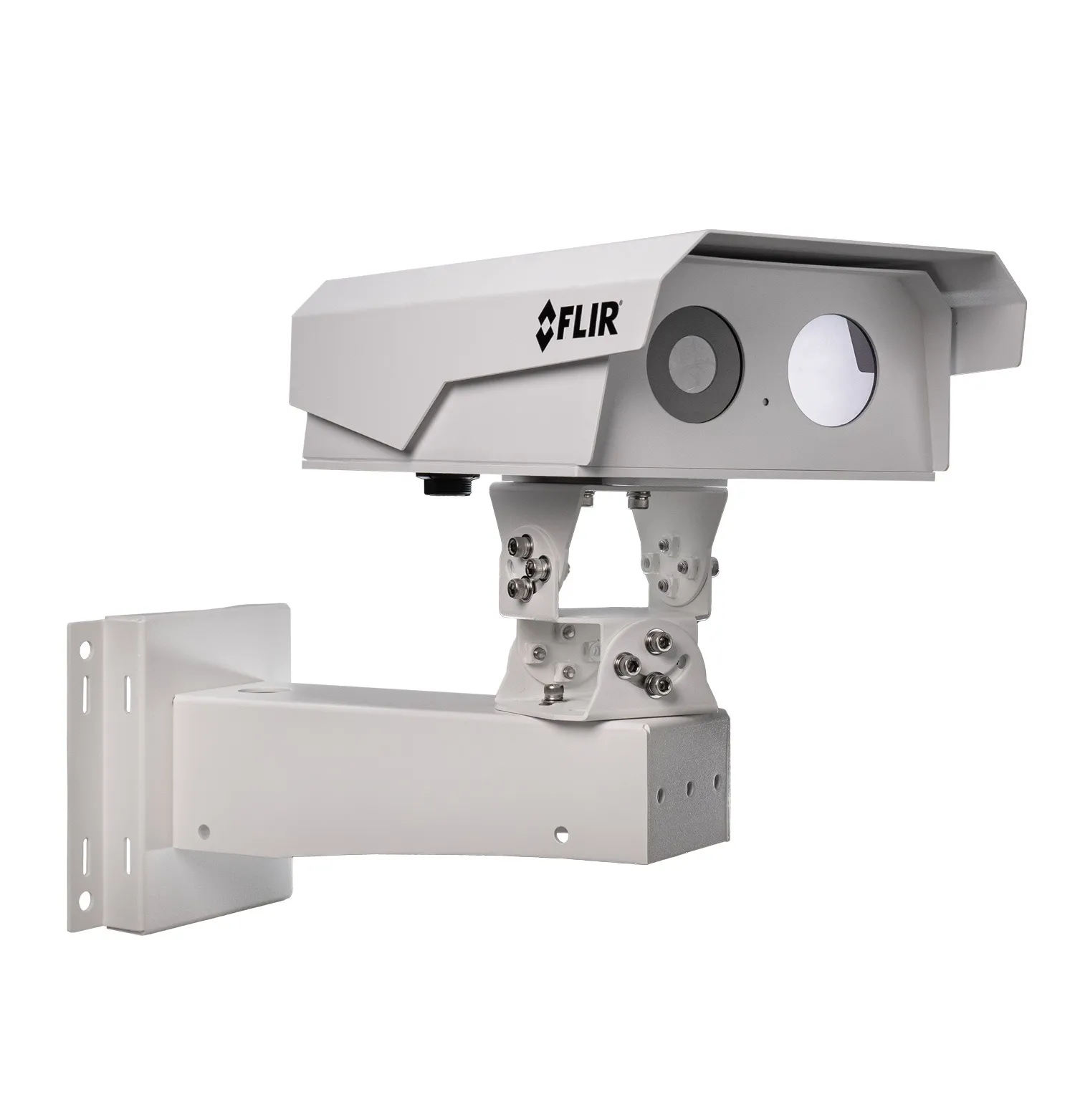UK-headquartered Tyco Integrated Systems has introduced a new lightweight Rapid Deployment Camera (RDC) to provide a compact and powerful video solution where rapid surveillance, monitoring and recording of unfolding events is required. The web-based hosting of the video stream allows simultaneous viewing by many users, wherever they are based in the world. Due to its lightweight construction (6.5kg) the RDC can simply and easily fit to any existing pole, wall bracket or street lighting column, delivering a
June 19, 2012
Read time: 1 min

UK-headquartered 727 Tyco Integrated Systems has introduced a new lightweight Rapid Deployment Camera (RDC) to provide a compact and powerful video solution where rapid surveillance, monitoring and recording of unfolding events is required. The web-based hosting of the video stream allows simultaneous viewing by many users, wherever they are based in the world.
Due to its lightweight construction (6.5kg) the RDC can simply and easily fit to any existing pole, wall bracket or street lighting column, delivering a high-performance, integrated camera assembly that is adaptable to whatever bandwidth is available, from GPRS to full-blown 3G/HSDPA. This provides real-time, low-latency video that allows 24/7 operation.
In addition to this new camera assembly, Tyco has also developed a fully independently powered mobile monitoring solution for pre-planned temporary deployment for road works, rail tracks, rail works or seasonal events and shows. It is available to hire or purchase.
Due to its lightweight construction (6.5kg) the RDC can simply and easily fit to any existing pole, wall bracket or street lighting column, delivering a high-performance, integrated camera assembly that is adaptable to whatever bandwidth is available, from GPRS to full-blown 3G/HSDPA. This provides real-time, low-latency video that allows 24/7 operation.
In addition to this new camera assembly, Tyco has also developed a fully independently powered mobile monitoring solution for pre-planned temporary deployment for road works, rail tracks, rail works or seasonal events and shows. It is available to hire or purchase.










